The Historical Significance
of the Mystichrome Cobra
Chapter 1
Looking to the Past to Understand the Present
The Mustang’s instant success from 1964 saw the Ford Motor Company producing the 1,000,000th Mustang in 1966, merely a short two years after its world debut. Considered as a case study in economics to this day, the new car covered all of its research, development, production, and marketing costs after a few short months of blistering sales, boasting a sales record yet to be matched by any single nameplate to this day, and it spawned multiple “ponycar” offerings from the competition — GM’s Chevy Camaro and Pontiac Firebird (both for 1967), AMC Javelin (1968), and Dodge Challenger (1970). Even the early ’70s Mopar-powered Hemi ’Cudas were produced to compete in the growing pony/musclecar horsepower wars, yet the original 1964 Plymouth Barracuda, which debuted 16 days before the Mustang, lacked the performance, spirit, and looks of Ford’s winner. In addition, the first Mustang had the honor of being bestowed the coveted Tiffany & Co. Gold Medal Award for Excellence in American Design for its automotive design and styling. No other car before or since has been awarded this honor from such a prestigious firm.
Below: The first Plymouth Barracuda was an oddly-styled fastback design, but by 1971, the ’Cuda was a contender with its muscular styling.

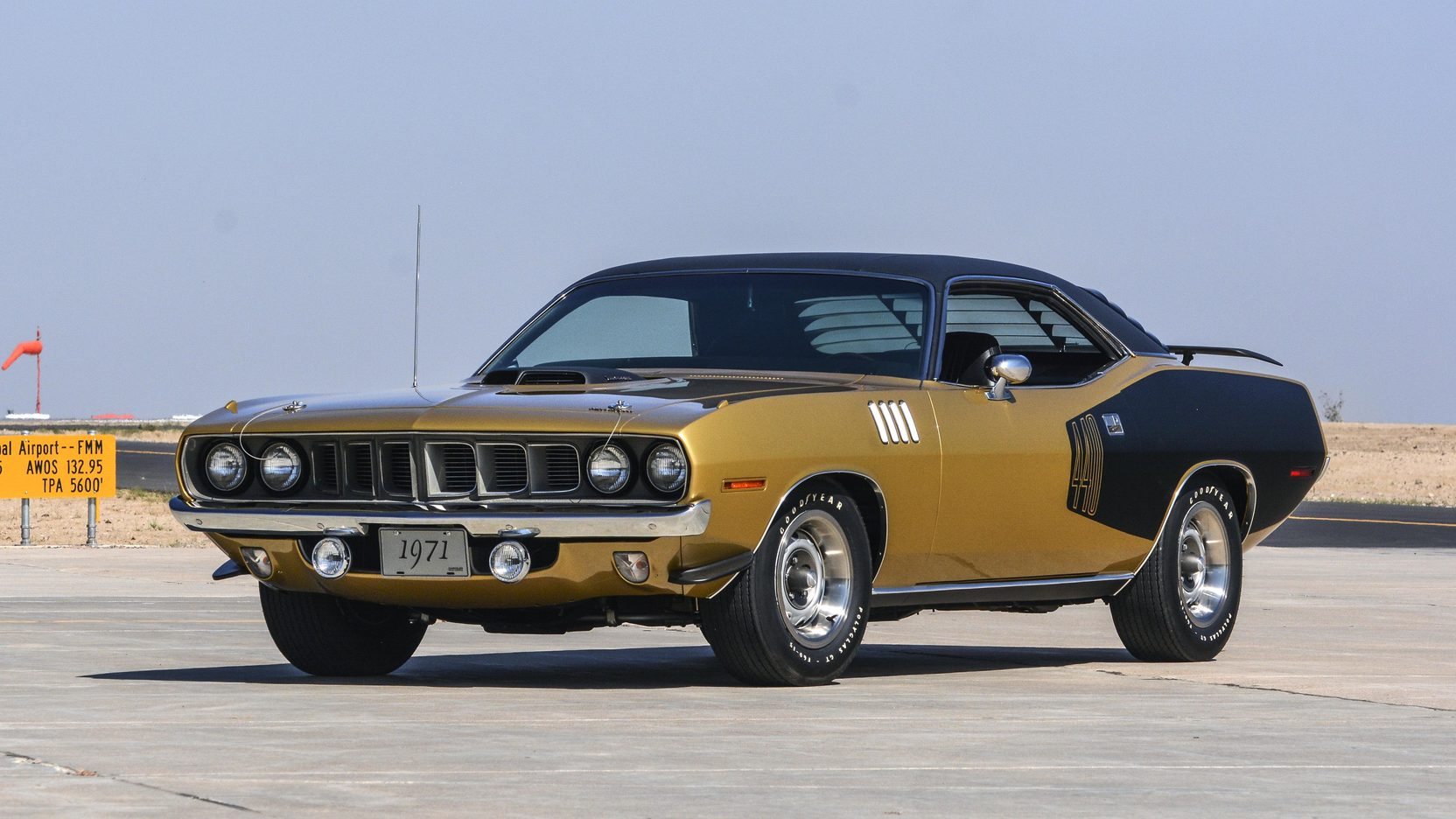
Given the Ford Mustang’s well-storied past, 40 years (and still counting) of uninterrupted production of a single nameplate is quite a feat. Of course, the Mustang’s history has its share of ups and downs, including the time when Ford nearly decided to ax the Mustang after nearly 25 years and replace it with the Mazda-derived 1989 Ford Probe. Upon announcing their plans, Ford Motor Company was inundated with numerous irate letters from Mustang owners, Mustang club members, and Ford enthusiasts from around the country, causing Ford to reconsider. This is the reason why the Fox-bodied Mustang was the longest generation (1979–1993) and why the Fox platform continued in elongated form through the 2004 model year.
Below: Introduced for 1979, the Fox-bodied Mustang received its most aggressive styling for 1987, which lasted through 1993.
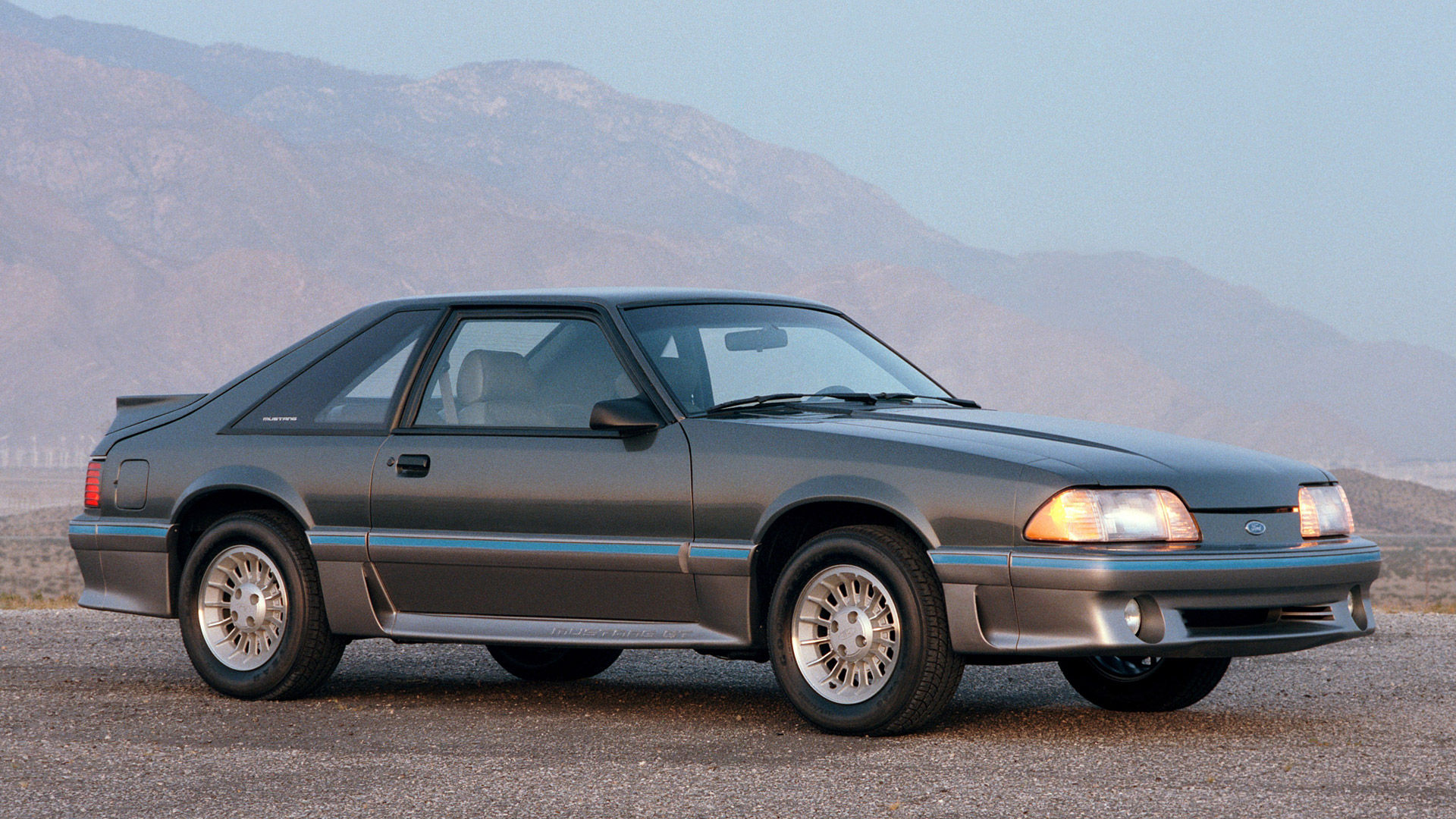
The Mustang’s history demonstrates that all the highs definitely outnumber all the lows. From legendary icon to object of desire, from star athlete (on dragstrips and racetracks) to movie star (in Bullitt and Gone in 60 Seconds), our beloved Ford Mustang is as American as apple pie. Even people outside the U.S. have known about the Mustang legend since the ’60s when Ford exported a few Mustangs to Europe and marketed them as the T-5 to avoid legal issues with a company that held the rights to the name over there. Excitement rose once again when Ford announced that the all-new 2015 Mustang would be marketed globally, and a new generation of enthusiasts abroad made a longtime dream come true in buying a celebrated piece of automotive Americana.
Below: Demand exceeded supply when the all-new 2015 Mustang was offered from Ford dealerships in Europe, the Middle East, Asia, and Australia.

< Back to Authority

Above: An official press release photo of the first Ford Mustang.
The Ford Mustang made its world debut
to much fanfare on April 17, 1964.
Below: The Mustang’s eventual competition consisted of the 1967 Chevrolet Camaro (and Pontiac Firebird), 1968 AMC Javelin, and 1970 Dodge Challenger.
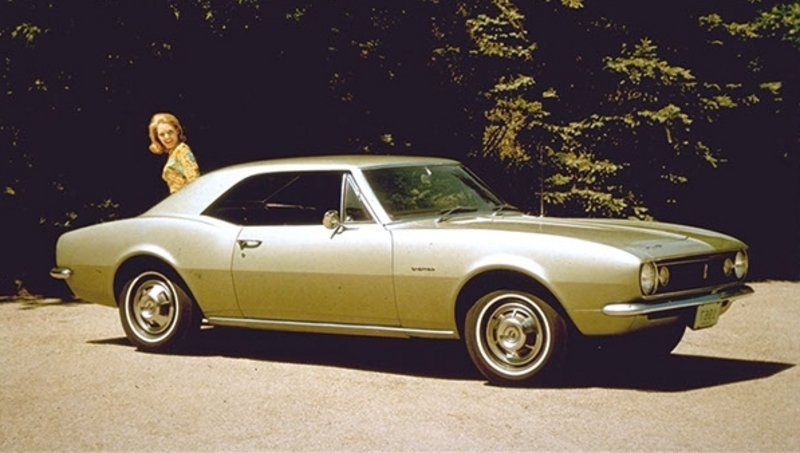


Below: Without the intervention of the Mustang community, Ford would have put down the aging Pony and replaced it with the lackluster 1989 Ford Probe.

Below: The Mustang has assumed numerous, starring roles in various films and TV shows since its first, on-screen performance in the essential James Bond flick Goldfinger (1964), but its most famed role came in 1968 when Steve McQueen pushed his Dark Highland Green GT fastback to its limits in the action-thriller Bullitt. In 2000, the Mustang again captured the hearts and minds of a newer generation in Gone in 60 Seconds with Nicholas Cage racing through the busy streets of Long Beach, California, in a 1967 Shelby GT500 named “Eleanor.”
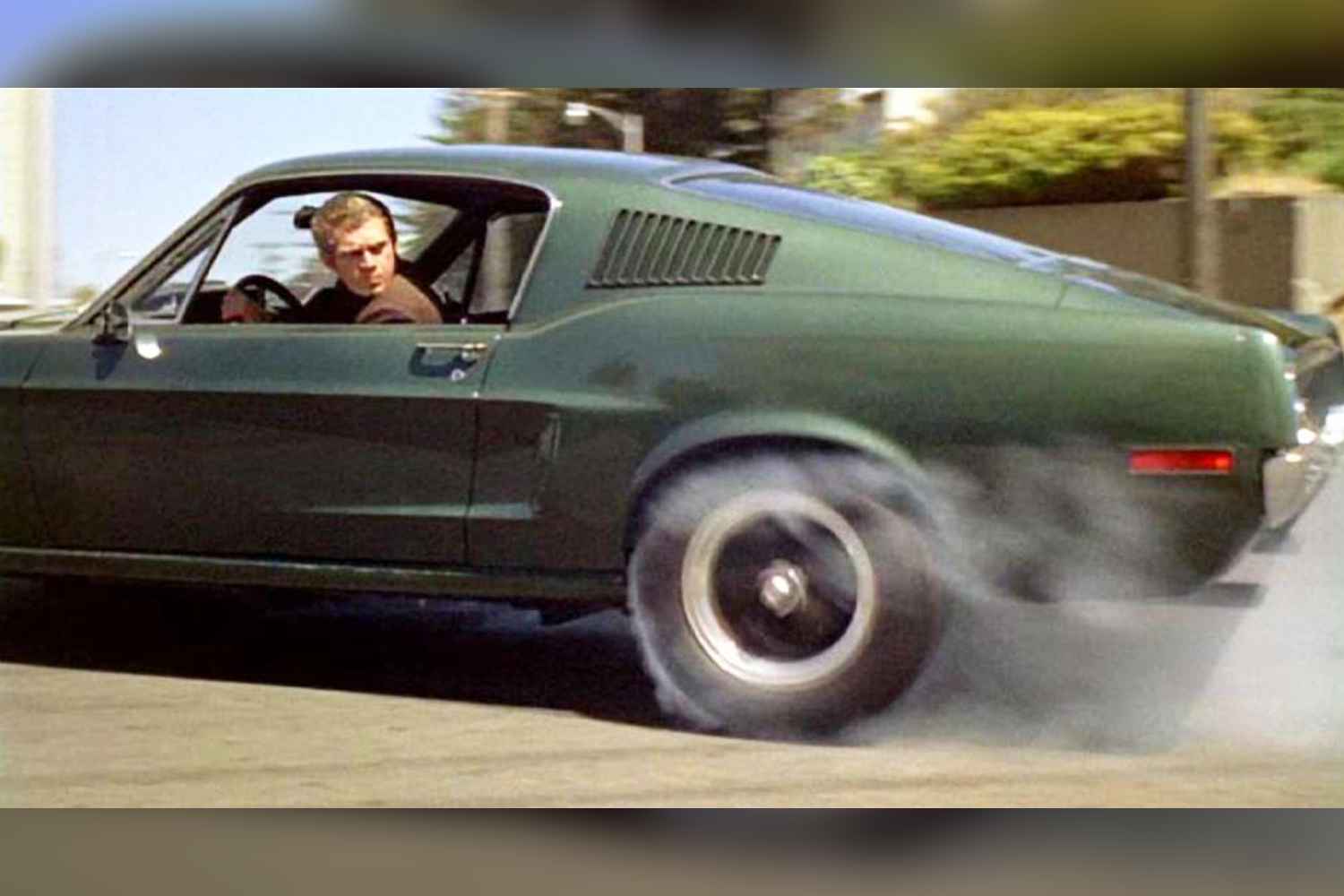
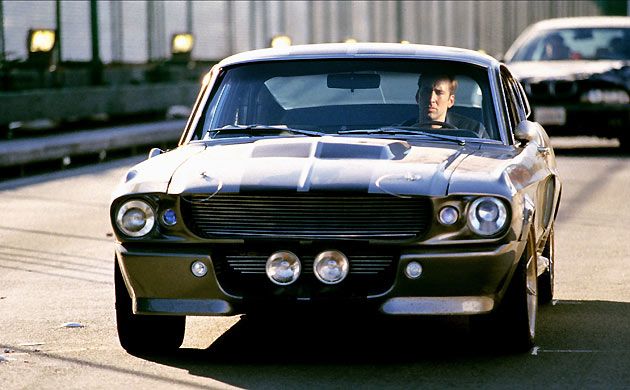
Continue to Chapter 2 >
